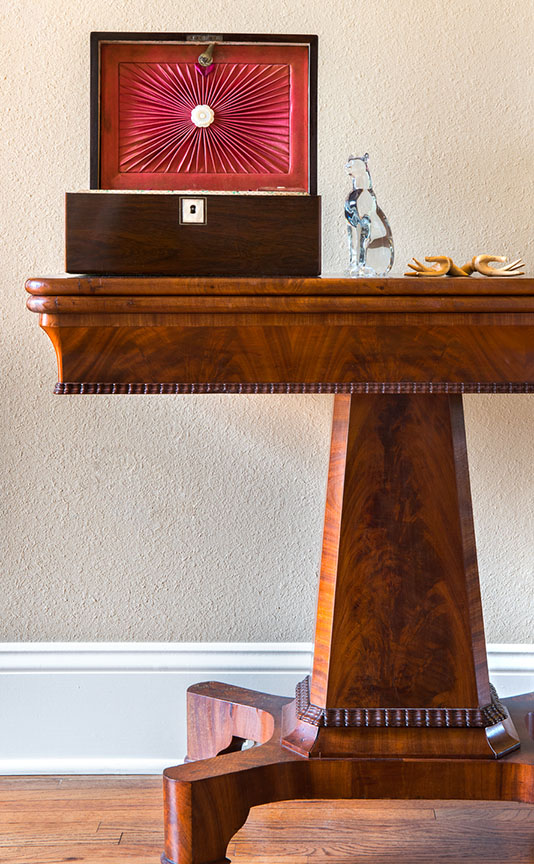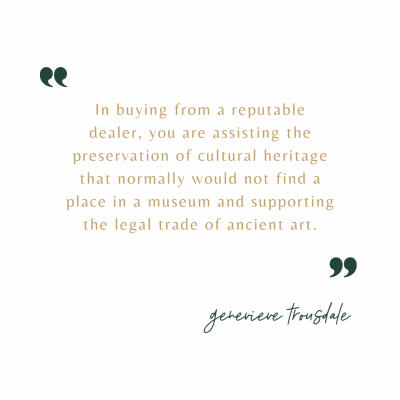“According to the official definition, any item that surpasses the century mark is classified as an antique. Therefore, any item is more than 40 years old and less than 100 years old is considered vintage.”
– Toma Clark Haines, The Antiques Diva
Whether you’re a seasoned collector or a curious enthusiast, the enchanting realm of antiques is fascinating and complex, and takes much time and careful research to master. At the forefront of my own interior design projects are these exquisite pieces of furniture, where stories of bygone eras are woven into every curve and color. With endless hours dedicated to this craft, I am sharing a few of my best tips to discovering these timeless treasures! Read on before you begin your quest for artful artifacts…





